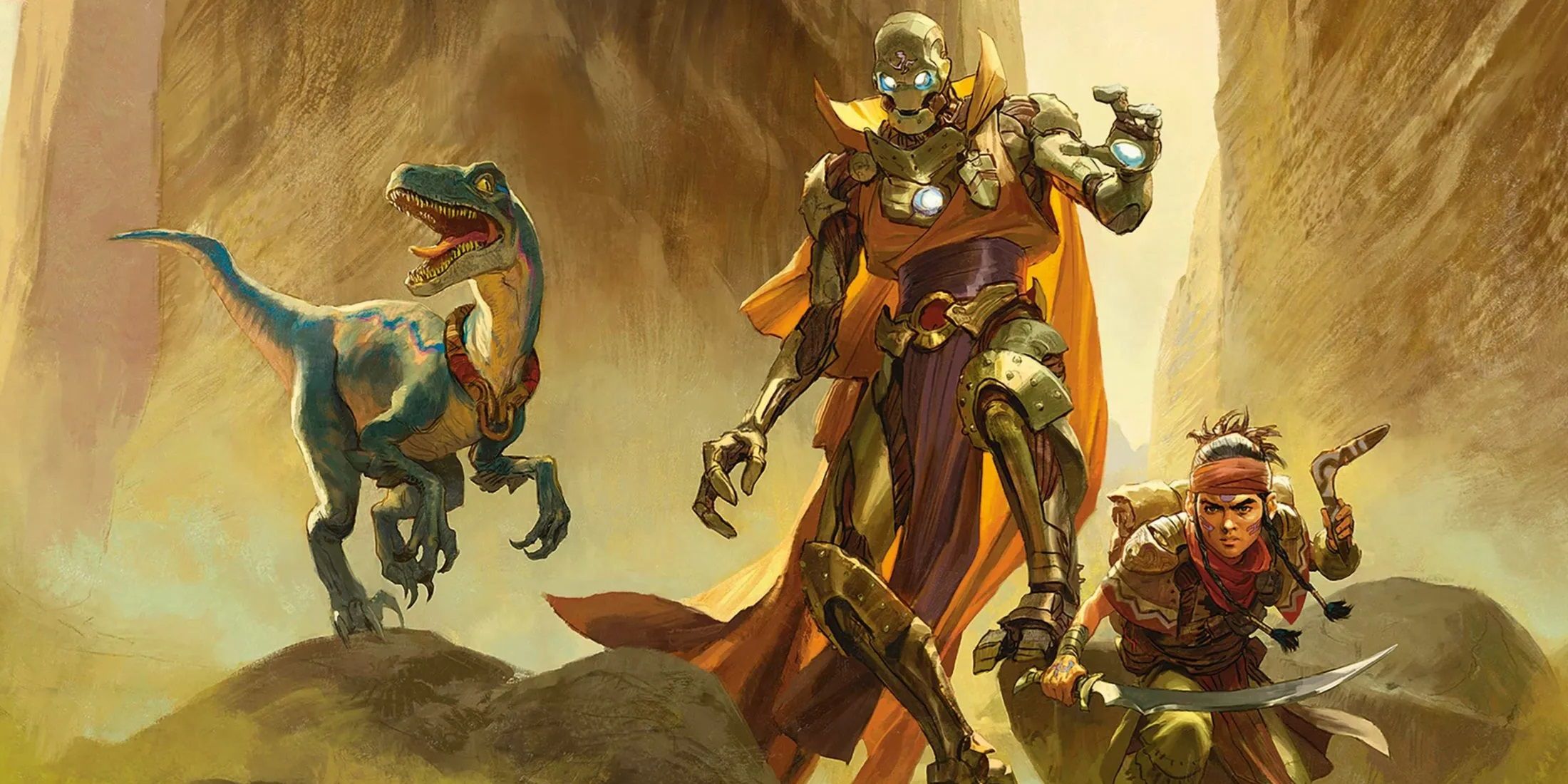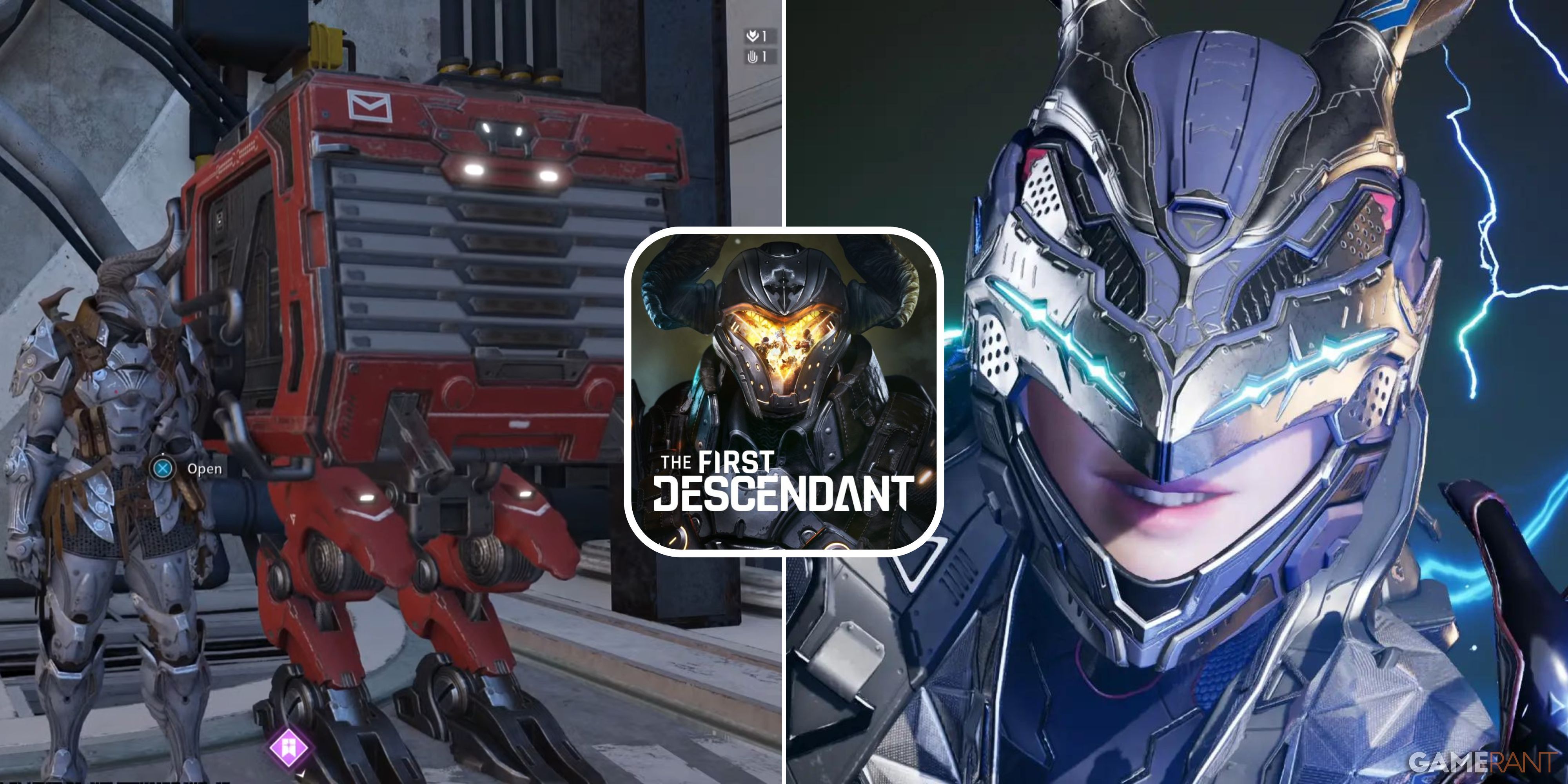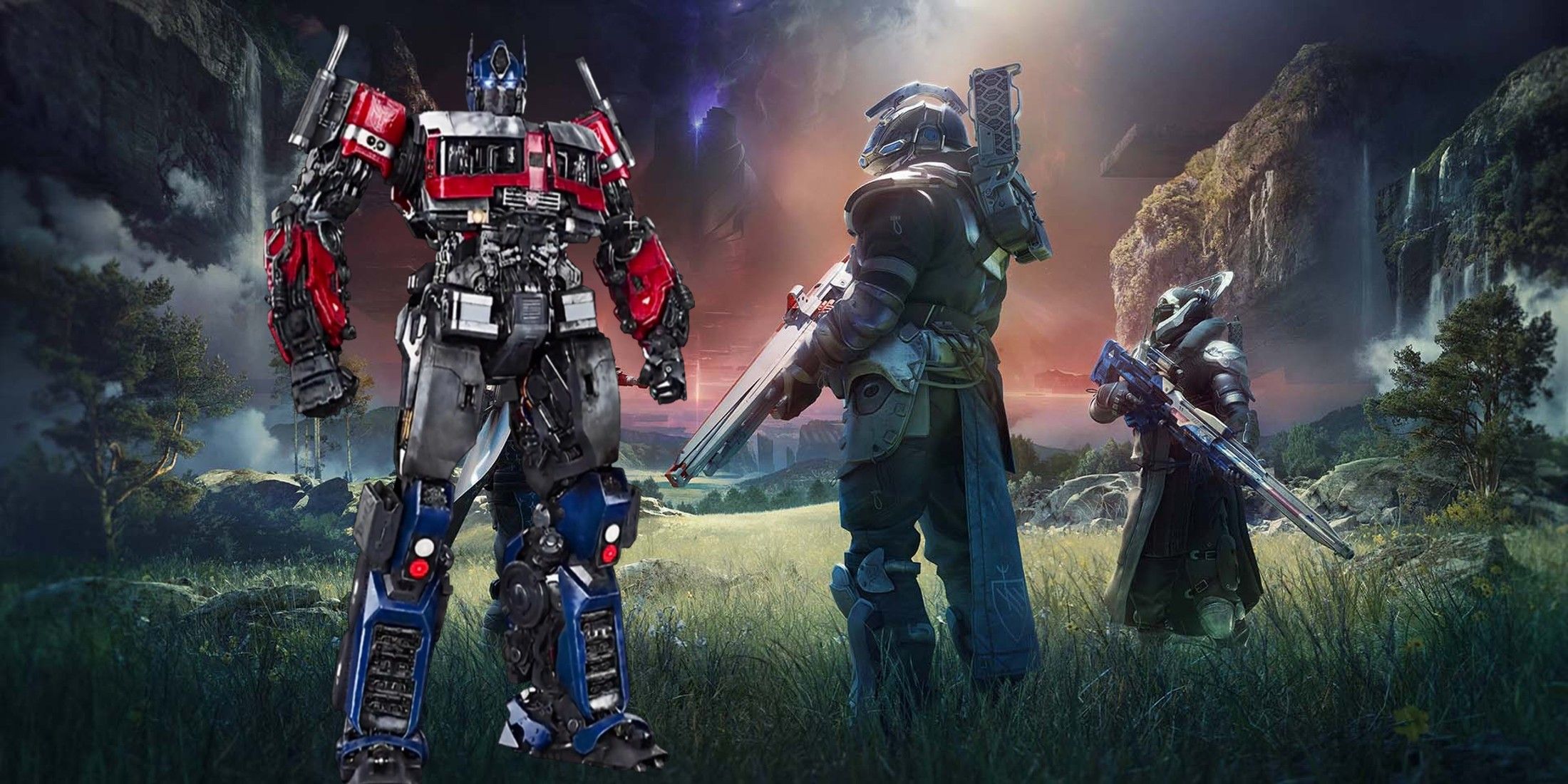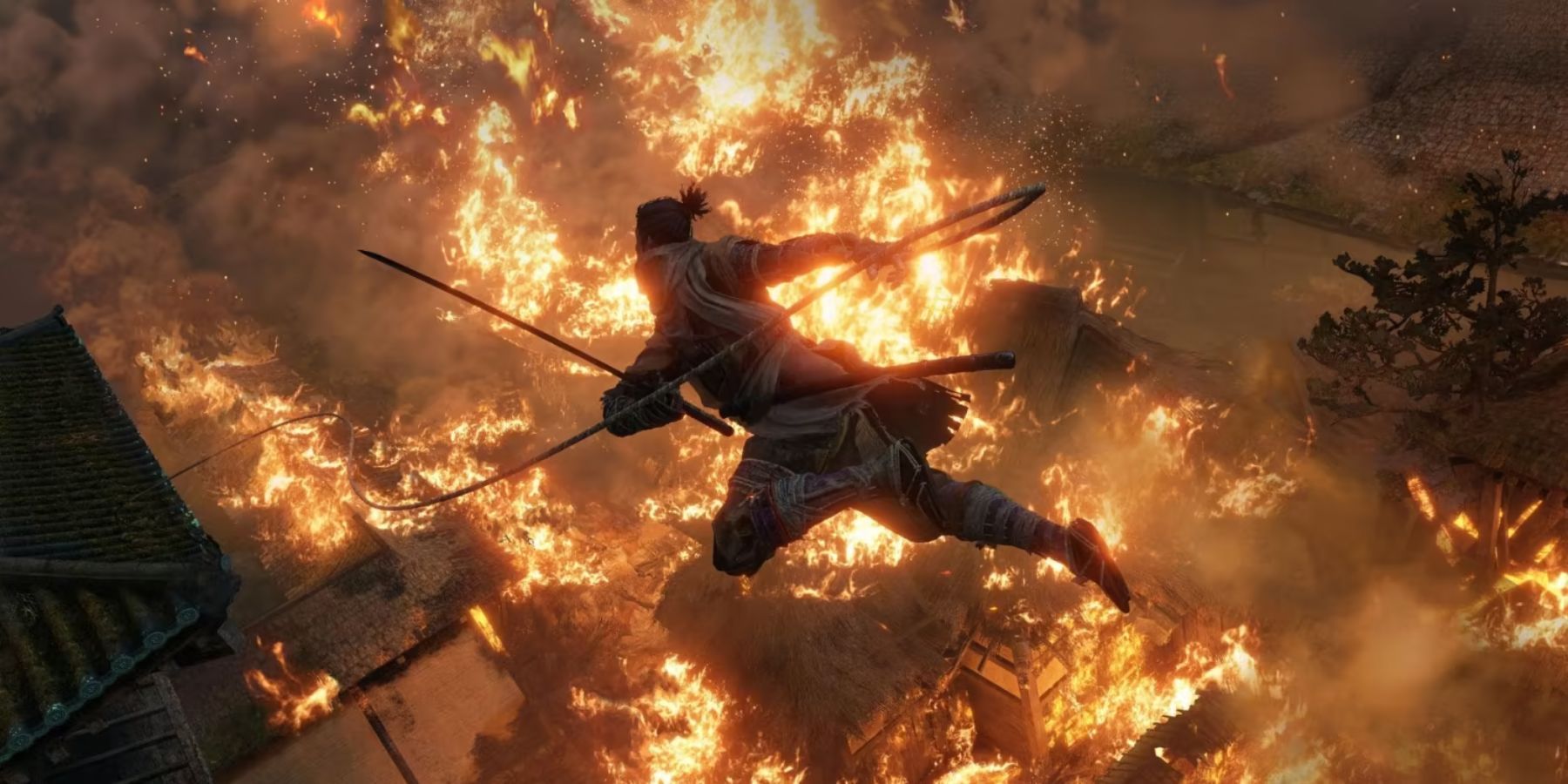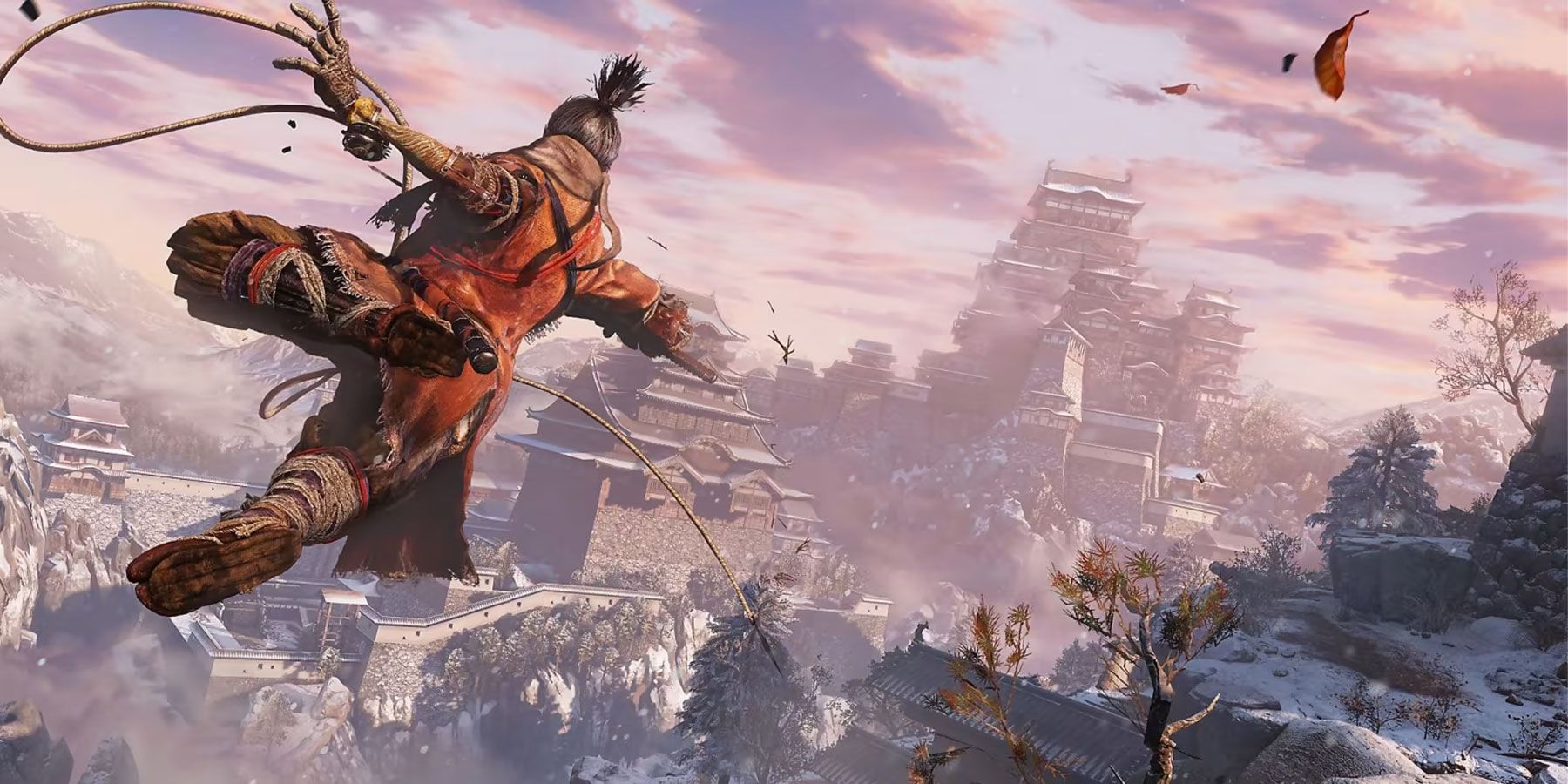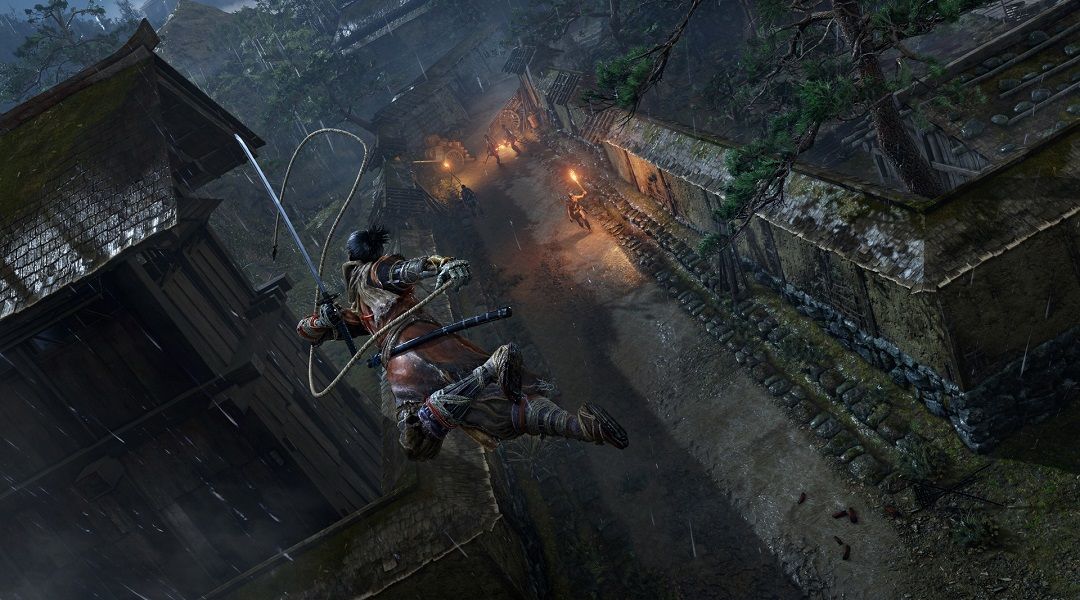It's been a few years since FromSoftware surprised the world with Sekiro: Shadows Die Twice. Published by Activision, seemingly as part of an attempted Tenchu revival, Sekiro: Shadows Die Twice stood out from the rest of FromSoftware's modern titles. Players took control of Wolf, who primarily fought with his sword and Shinobi Prosthetic arm instead of a variety of equipment. There were different techniques and Prosthetic Tools to pick up for these weapons, but the customization that defined Dark Souls or Armored Core was gone.
Furthermore, major elements of stealth and traversal were worked into regular gameplay. Both eventually gave way to FromSoftware's typical tough combat, which had a much stronger emphasis on defense than normal, but they were present. Elden Ring owes its jump button and stealth crouch to Sekiro's experiments, but that sells short just how prominent these were in their home game. Indeed, Sekiro offers freedom of movement that no other recent FromSoftware game has seen, and it would be a shame for its high mobility and player-empowering grappling hook to be a one-and-done deal.
Grappling Is An Integral Part of Sekiro’s Appeal
As a baseline, Sekiro's total lack of a stamina system separates it from the rest of the Soulslike genre. Even certain FromSoftware titles predating Demon's Souls had mechanics encouraging players to space out their attacks so that their character could swing at full strength. Armored Core also got into that with its energy management, but no such thing is in Sekiro. Players could sprint, swing, and jump to their heart's content, with combat primarily caring about how well they timed their parries and if their response to particular attacks was correct. Even things like enemy stomping and wall jumps were included to emphasize just how mobile Wolf was.
With all of that in place, moving past Sekiro's prologue introduces the Shinobi Prosthetic, which is the true star of the show. Wolf's new arm contains a grappling hook, used to traverse the mountainous land of Ashina. The level design impact of Elden Ring's jumps were far-reaching enough, but Sekiro sports verticality usually reserved for rare platforming challenges in Armored Core games. With the press of a button, Wolf can soar across most environments, sneak up on or escape from troublesome enemies, or even take advantage of special openings in certain boss fights. The grappling hook has a transformative effect on Sekiro's gameplay, and it's too fun to be confined to a single title.
Other FromSoftware Games Should Learn From Sekiro’s Traversal
At some point, another FromSoftware project should take note of Sekiro's unique movement abilities. Armored Core's revival is a start, but Sekiro employs specific fluid methods of traversal that are better expressed by a human character. That goes double for the grappling hook, which could push FromSoftware's giant, interconnected level design to even greater heights. Moments akin to old Zelda games where grappling points can be permanently opened would add to the available shortcuts and allow players to blaze a path through any area.
There is room in FromSoftware's game rotation for an especially mobile title, and the same can be said for the game industry as a whole. Sekiro came about in an era where the experimental movement of older action games like Ninja Gaiden's organic wall-running had mostly fallen away, and recapturing some of their spirit helped it stand out. With FromSoftware consistently pushing itself to innovate on its prior games' mechanics, it seems inevitable that Sekiro's traversal will crop up again, and it has the potential to make another game feel exhilarating in novel ways.
Sekiro: Shadows Die Twice is available now on PC, PS4, and Xbox One.

